Minerals are the constituent parts of rocks, characterized by one or another chemical composition and structure. The rock is usually a mixture of various minerals.
Our planet and everything that surrounds us is almost entirely composed of minerals. 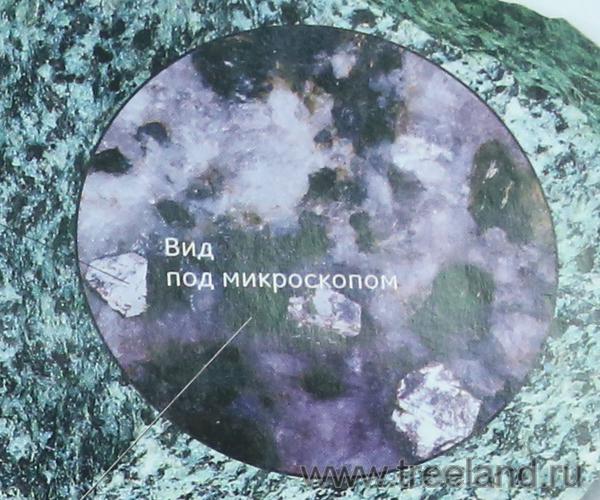
Despite such a variety, not everyone is able to distinguish them at first sight, moreover, many people confuse the concepts of mineral and rock. Therefore, to begin with, we note that a rock is usually formed by two or more minerals.
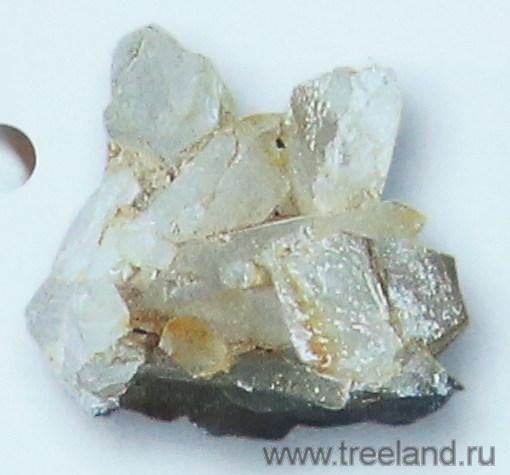
Quartz. It is presented in granite in the form of small transparent or translucent crystals. Quartz is the most common mineral in the earth's crust. The photo shows milky quartz.
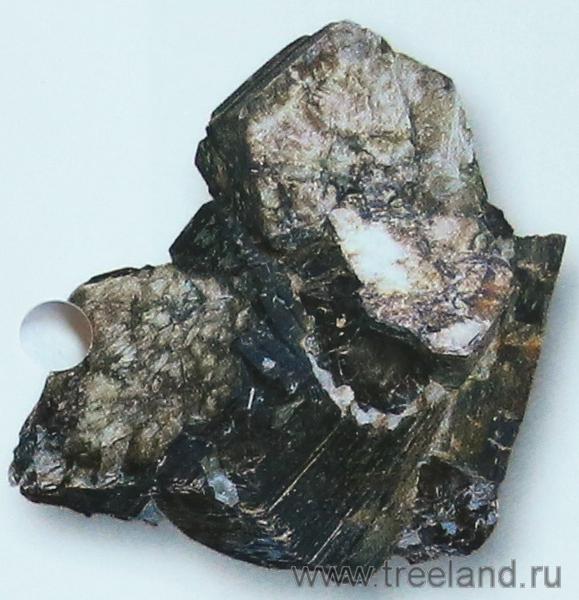
Mica. Usually has a dark shiny color. The picture shows a variety of mica biotite.
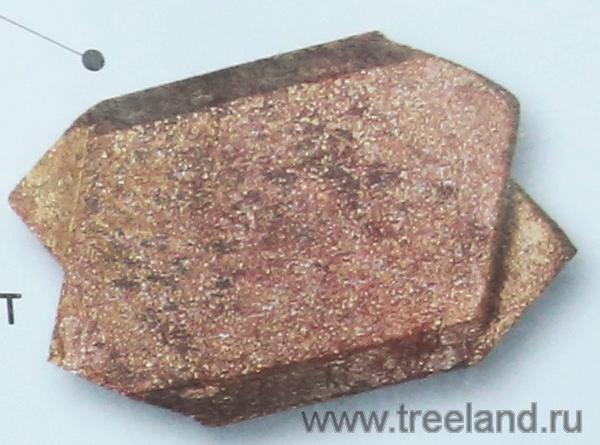
Feldspar. A mineral often found in rocks. The variety in the photo is called orthoclase and is characterized by a light color ranging from white to pale pink.
COMPOSITION AND STRUCTURE
The vast majority of minerals are solids, but liquids are also found. Usually minerals are characterized by a special chemical composition and ordered atomic structure.
SIMILAR AND DIFFERENT
Diamond and graphite illustrate well the difference between composition and structure. Both are pure carbon. But if diamond is the hardest known mineral and cannot be scratched by another mineral, then graphite is so soft that it is used to make pencil leads. Despite the same chemical composition, they have a different structure, that is, carbon atoms are grouped differently and form different minerals.
The most common minerals in the earth
Today, over 3,500 types of minerals are known to science, but just over two hundred are widely represented in the earth's crust.
Some of the minerals were once organic matter. So, for example, amber is the fossilized resin of ancient coniferous trees.
Every year, geologists and scientists discover new minerals, however, some of them are so rare that there are only a few copies. So far, more than 3,500 minerals have been discovered, of which only a few dozen, led by quartz, are widely distributed on the surface of the earth.
SILICATE GROUP
This is a class of silicic acid salt minerals. The share of silicates accounts for over 75% of the mass of the earth's crust and about 28% of minerals. In total, more than 700 types of silicates are known in nature, including the most important rock-forming ones - quartz, feldspars, pyroxenes, amphiboles, micas and others. 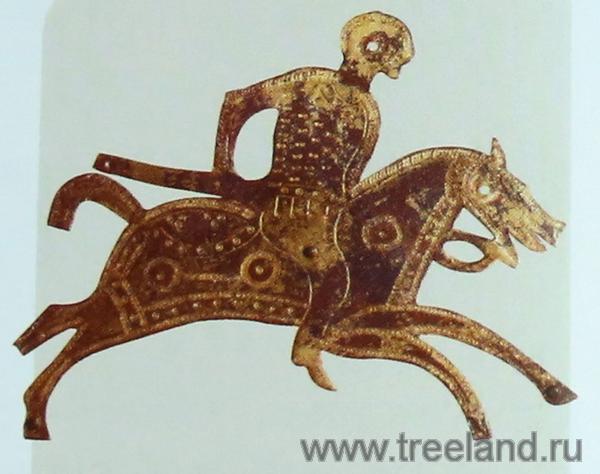
Most minerals are made up of two or more elements. Nevertheless, there is a group of single-element minerals, the so-called native elements, of which there are about 20 species. Many of these minerals are metals such as gold, silver, platinum, copper, iron, and others. In addition, single-element minerals include diamond, graphite, sulfur, and tellurium.
